Many definitions, all human
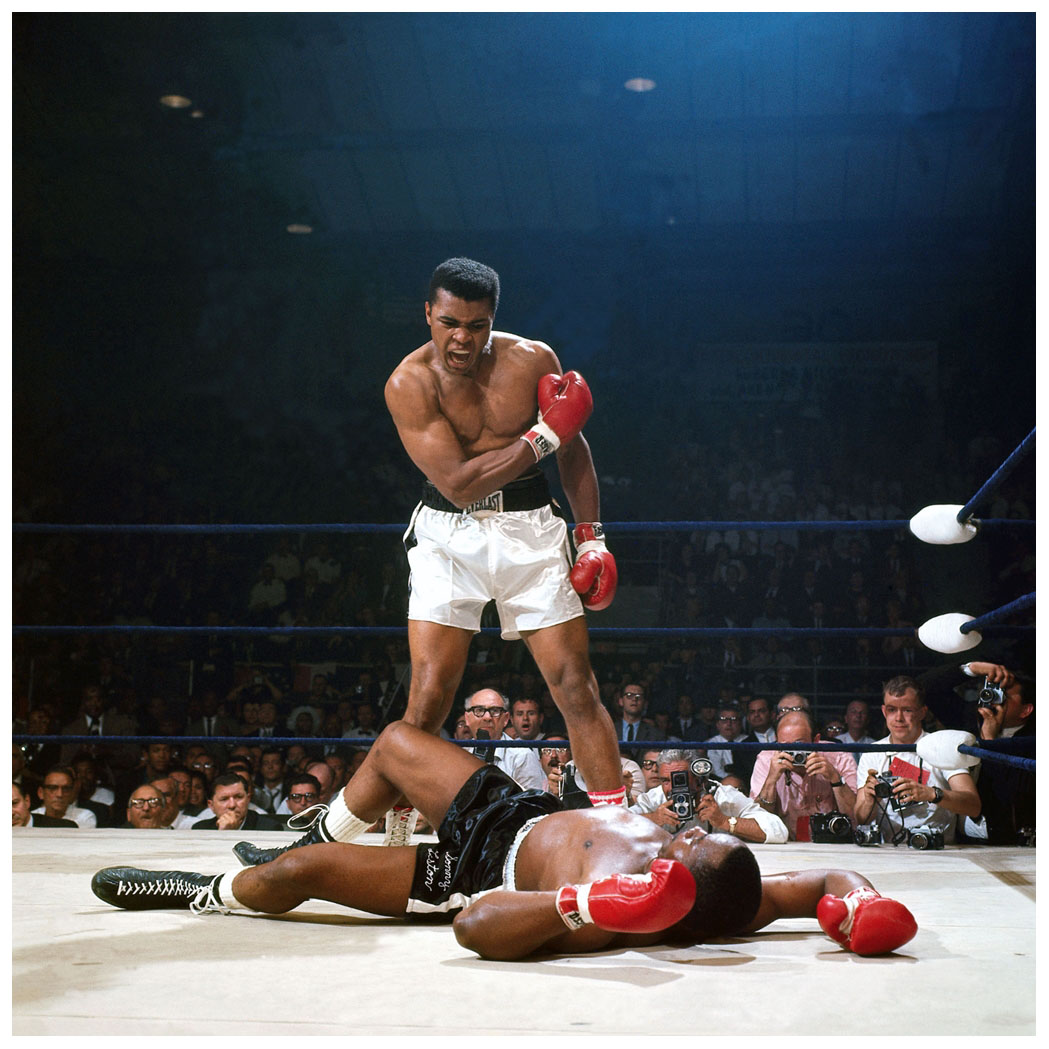
News broadcaster David Brinkley once said that the “news is what I say it is.” A clever play on words because he delivered the news to his audience every night … although he may have made another point: news is only defined by the receiver of the message.
The same argument can be made for photojournalism.
Experts at London’s Victoria and Albert Museum, considered to be a premier locale for art exhibition, define photojournalism as “picture making that was spontaneous, topical and rapid.” That definition may work, but other types of news photographers could argue that they too look for the spontaneous to help tell their stories in a topical fashion.
From photojournalism’s supposed start on the battlefields of the Mexican-American War at the turn of the 20th century, through the Robert Capas, Dorathea Langes and Robert Franks, to today’s international giants like the Time family of publications today, photography has evolved into a very saturated industry.
The super agencies like DeFacto, Exposure NY and See Management, which represent thousands of photographers and help sell their work to clients, all looking for either moments to be captured, or already captured moments, are just a few of the many front-line platforms for which shooters can earn monetary and other rewards.
To me, the work of Neil Leifer, whose photo of Muhammad Ali’s first-round knock out of Sonny Liston in 1965 was named “the greatest sports photograph of all time” by Sports Illustrated, is something I consider to be close to the real definition of photojournalism, whatever that definition may be.
Throughout his career, Leifer seemed to find the human side of a moment. It wasn’t about hitting his shutter at the right moment during the Ali-Liston fight so many years ago; he arguably hit it at the wrong time because Liston was already sprawled out on the canvas. Instead, it was the inherent ability to freeze Ali in a moment that typified him as a larger-than-life persona, rather than just a strong boxer, that made him one of the greats.
Though he wasn’t the first and he won’t be the last, Leifer and his body of work is my definition of good photojournalism: to take an organic moment and try to convey its humanistic, three-dimensional values through a two-dimensional medium.
Again, the definition of photojournalism is subjective. Whatever it is, I think it can be found in Leifer’s photographs. Yet, they’re only just as impressive as his approach to the medium via the photographers he admired, along with a humility that shows why he is one of the best in seeing humanity in others.
“Looking at good pictures and trying to figure out what the photographer is doing and how they’re doing it,” he told authors Larry Berman and Chris Maher in 2002, “and hopefully bringing your own ideas and your own approach to it – I think having heroes is great.”


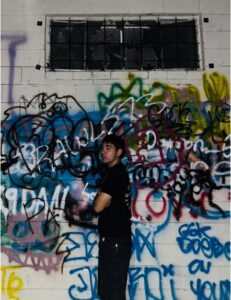
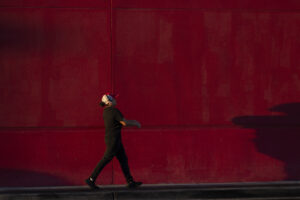
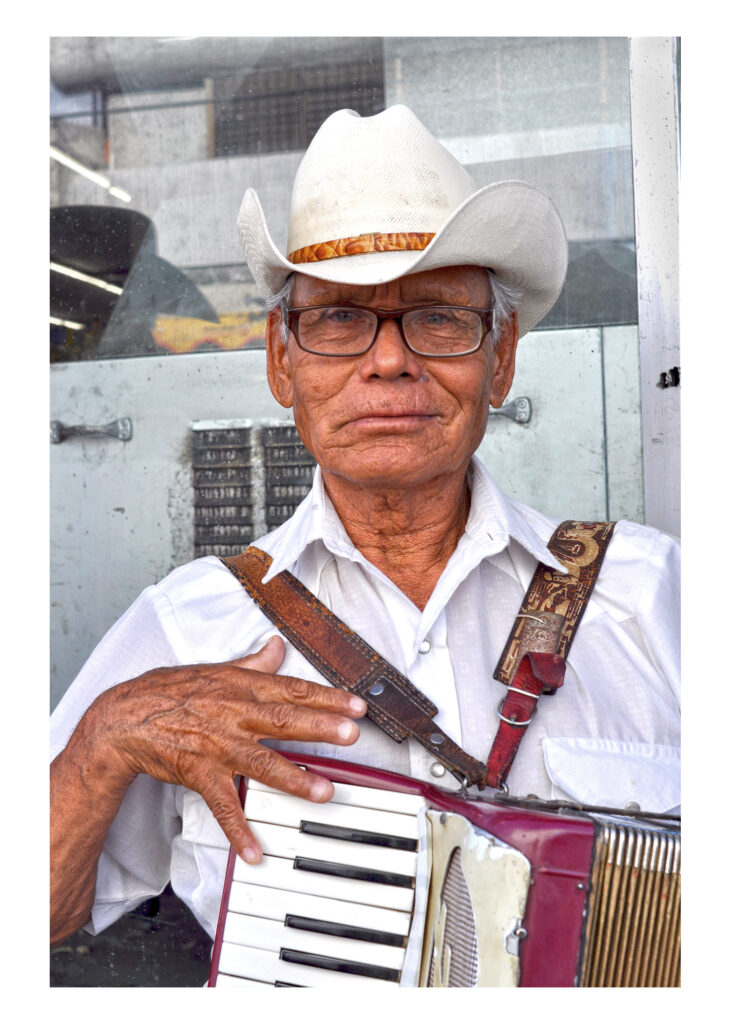
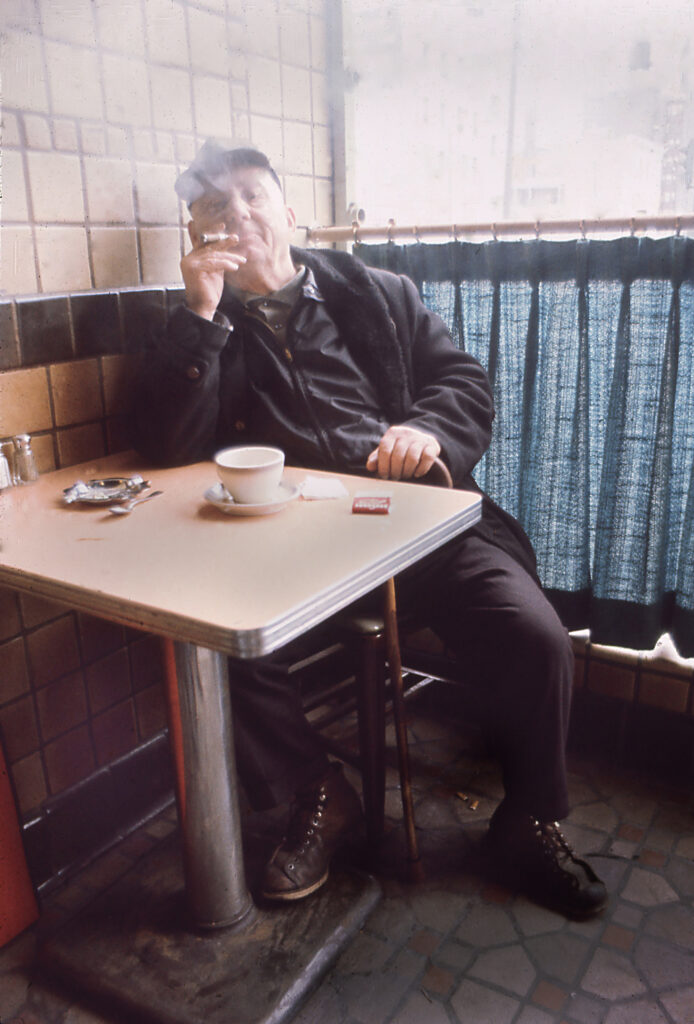
This is improperly posted. You have to make a break so you don’t dominate the whole Home Page, remember. And…it’s about two weeks late.
okay bruce….finally tried this on my own….One of the students and I worked on it together, I remember doing the break and adding the photo with it. It was turned in on time…..so, will have to go in and correct it….trying to do it from home but I am having problems. Will take care of it ASAP.